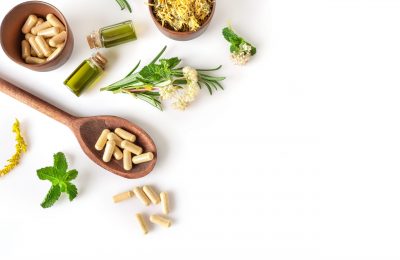How can spa operators perk up their client loyalty through retail programs? We asked five experts.
The power of sugars
Sugar science promises great news for cosmetology
There are four major classes of molecules in biology: DNA, proteins, lipids, and carbohydrates, also called glycans. Glycans are essential components of living organisms and are widely distributed in nature. The wide variety of structures and functions of glycans is the basis of a new scientific discipline, glycobiology, ie the science of sugars. This new field of scientific interest offers excellent prospects for cosmetology.
In the beginning, sugars were “passive”
In different forms, sugars have always been used in cosmetic formulations for their large capacity for water retention, giving the product exceptional hydrating effects. Sorbitol, for example, has long served—and continues to serve—as a humectant replacing glycerin. But the undisputed star of formulators and the most known to the general public is undoubtedly hyaluronic acid.
Discovered in the 30s, it is known to absorb up to 1,000 times its weight in water. It is an essential molecule for the skin’s youth. Extracted for several years .from the cockscomb, it is now produced by biotechnological processes. The considerable growth of cosmetic surgery and injections has broadcasted its benefits. The shining star of rejuvenation, it replaces collagen as a wrinkle filler. It remains effective longer than collagen and is less easily degraded in the human body, therefore its effects last longer. Its interest to cosmetology is evident.
Smart sugars
Through research in glycobiology, the role of glycans in skin biology is clear. Present on the surface of cells, they act as signals specifically recognized by other cells or by isolated molecules such as enzymes or antibodies, for example. These sugars act as modulators of skin biology as well as energy sources or moisturizers. Simple actives, they have earned their current status of smart molecules, that is to say active, able to interact to influence the cellular communication or modulate the inflammatory response, for example. Medical research also examines their potential as antiviral or anticancer treatments.
Today, we can conclude the sugars will remain part of the cosmetics landscape for years to come due to their immense potential. Well-torerated since they are naturally present in the body, they have properties that are very different than other biological molecules. In addition, biotechnology-derived or plant-based, they meet the criteria for green and sustainable chemistry, which further reinforces their potential.
In the field of cosmetology, there are already several examples of applications of their many benefits. For example:
- Through a green chemistry process, grafting a glucose molecule on other molecules to make them more stable, soluble and bioavailable. This is the case of Rosmarinyl Glucoside, the result of the addition of one molecule of glucose on rosmarinic acid, a potent polyphenol, antioxidant, and anti-inflammatory extract of lemon balm. It also demonstrates the excellent protective properties of hyaluronic acid for skin health.
- Use in a skin care product of a molecule derived from sugar, NAG6P—for N-acetylglucosamine-6-Phosphate— naturally present in the skin but growing scarce with age. By providing this intermediate step, the skin once again becomes capable of fabricating its own hyaluronic acid.
- Enzymatic synthesis—from sucrose and maltose—a complex sugar with prebiotics that will promote the development of beneficial skin microflora at the expense of undesirable flora and pathogens.
- Obtaining fucose-rich polysaccharides, with biotechnology, which offer hydrating effects that last all day and exceptional anti-aging properties. In fact, they boost the production of Sirt-1 sirtuins, the enzymes known for enabling optimal cell regeneration.
- The development of vegetable sugars—by-products of corn and sugar cane—as an antimicrobial agent, to replace parabens.



